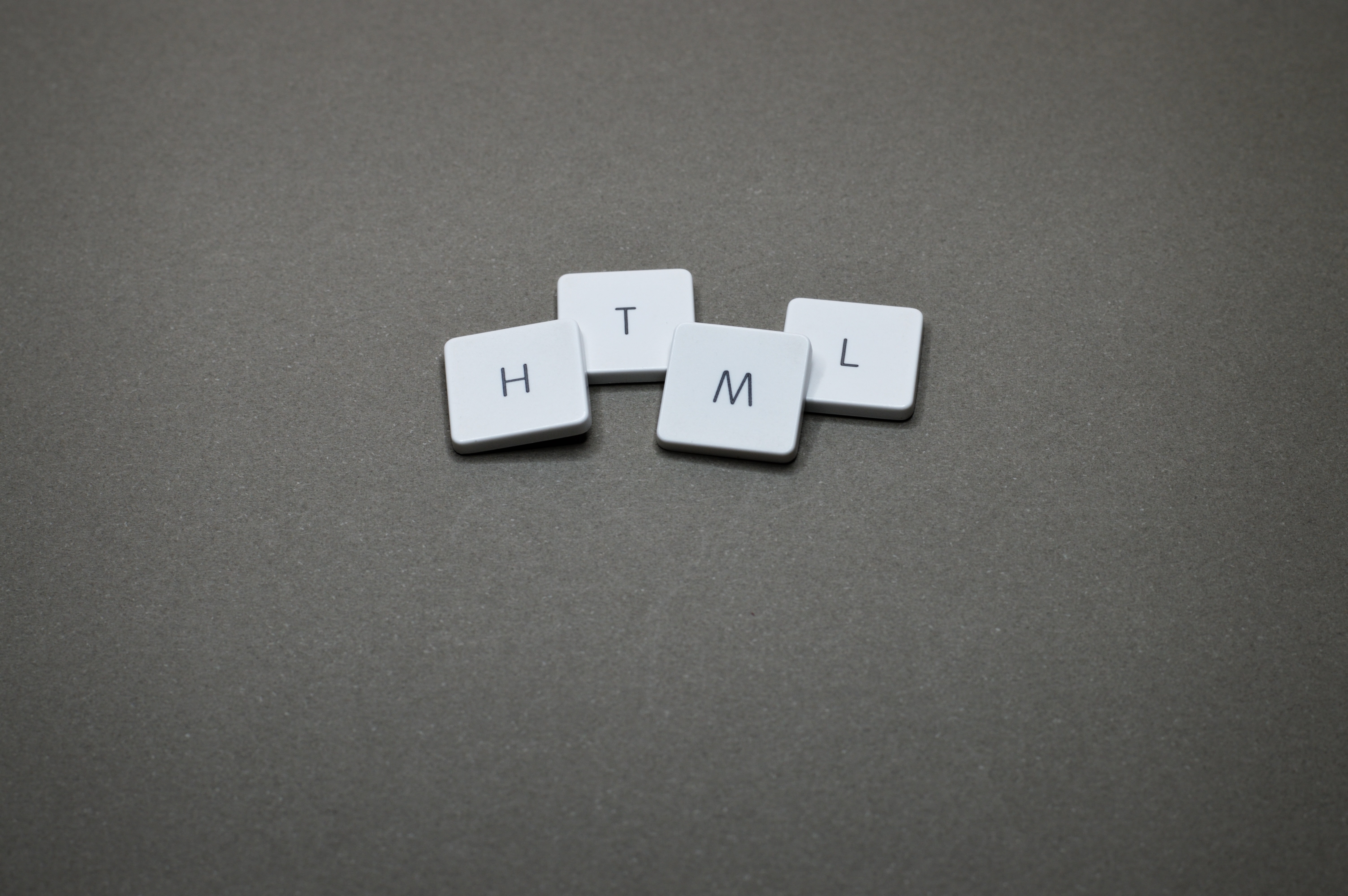A Brief Look at the Development of HTML
HTML is everywhere. Since its creation it has become a major component of the web. Every website relies on it. Let’s take a brief look at its development.
 Photo credit: Pixabay from Pexels
Photo credit: Pixabay from Pexels
Defining HTML
HTML stands for hypertext markup language, and is used for creating documents on the web. HTML defines the look, structure and layout of a page, but the language itself is hidden from view (Pogan, 2018). You only see the results.
Invention
It all started with a modest idea. Tim Berners-Lee (one of the founders of the World Wide Web), wanted to create a hypertext language that would be straightforward enough to serve his purposes (Veen, 1997). So in 1993, the first formal version of the hypertext language came into being. But, HTML ended up not only being useful to its inventor, but to everyone. Due to its simplicity, those who mastered the hypertext language could publish online. And as Jeffrey Veen (1997) explained, as a result of that:
‘The Web flourished. Everyone started publishing. The rest is history.’
Standards
After receiving its first official specification in 1995, for a while, things happened quite fast in the world of HTML. In January 1997, HTML3.2 was introduced, with HTML4.0 following close by in December of the same year (Harris, 2011). Around a year later, in 1998, came another version of the language; HTML4.01. But unlike its predecessors, this version remained for over a decade until the HTML5 specification was finalised in 2014 (after years of development). Shortly followed by HTML5.1 in 2016 and 5.2 in 2017 (Pogan, 2018).
Changes
In the beginning, HTML was quite basic with limited options for developing websites. It only consisted of 18 elements (Pogan, 2018), and the websites looked like simple text-based documents. This all changed in 1993, when Marc Andreessen found a way to display images, figures and icons on a website page (Veen, 1997). After this, the hypertext language started to grow, with new intriguing tags like ‘”background”, “frame” and “font”’ (ibid).
However, around the mid-2000s, many saw a need for an upgrade of the existing hypertext language. The Web was changing and people were starting to use it in a different way than before. Web pages were increasingly being ‘replaced by Web applications’ (Harris, 2011), and HTML4 could not meet the new standard of visual flexibility.
Enter HTML5. The new standard of HTML, which had more attention towards forming elements and introducing context (Pogan, 2018). The changes laid out by HTML5 did not only introduce new tags, but also affected the way that existing tags were being used. With the help of HTML5, people could now do better and bigger things online. Which brings us to the present. Although HTML5 was finalised in 2014, it is not at all done (Whittick, 2016). With two updated versions already out there, the hypertext language will continuously be updated to fit the ever evolving Web.
References:
Harris, A. (2011) Html5 for dummies quick reference. Hoboken, N.J.: Wiley Publishing (For dummies).
Pogan, A. (2018) ‘25 Years of Markup: The Evolution of HTML’. [online] dzone.com. Available at: https://dzone.com/articles/25-years-of-markup-the-evolution-of-html [Accessed 22 Feb. 2020].
Veen, J. (1997) ‘A Brief History of HTML’. [online] WIRED. Available at: https://www.wired.com/1997/04/a-brief-history-of-html/ [Accessed 22 Feb. 2020].
Whittick, C. (2016) ‘What is HTML and how has it changed?’ [online] 5and3.co.uk. Available at: https://5and3.co.uk/articles/html-how-has-it-changed/ [Accessed 23 Feb. 2020].